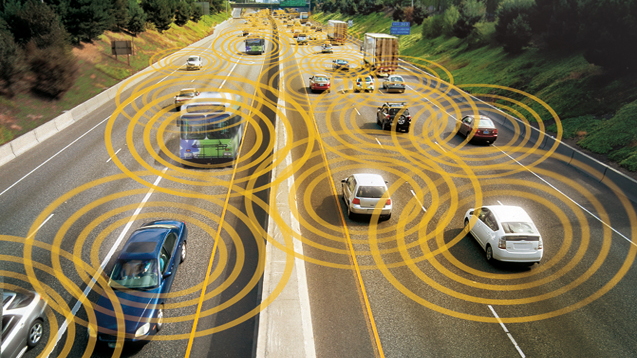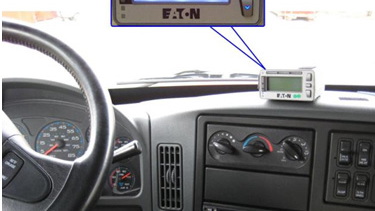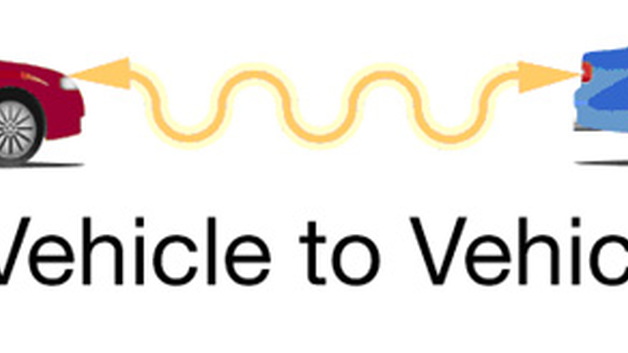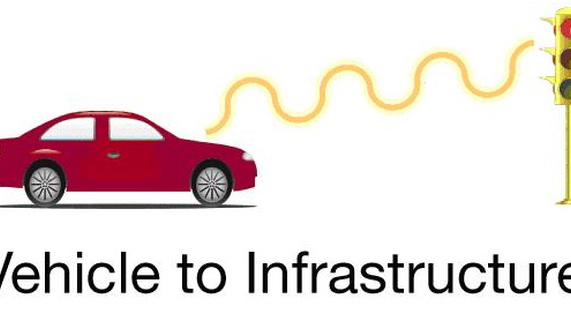We all know about the growing popularity of collision avoidance systems. As recently as this week, we've even heard about developments on the autonomous car front. Problem is, most of those systems depend on vehicles going it alone, using radar and other technology to avoid hazards in their way.
But what if cars could talk to one another and the surrounding infrastructure? Wouldn't that be even better -- and safer? The U.S. Department of Transportation thinks so, and it's hoping to prove it in a new series of "talking car" experiments taking place in six locales across the U.S.
Of course, the idea of "talking cars" isn't new -- automakers like Ford have been exploring vehicle-to-vehicle (V2V) technology for some time. But the DOT's V2V project is the first major experiment deployed in real environments on a range of makes and models.
The DOT's V2V program relies on Dedicated Short-Range Communications, or DSRC. (You might recall that the DOT recently sponsored a contest to find new uses for that very same technology.) Cars enrolled in the V2V program will be outfitted with DSRC devices that can communicate with other DSRC-ready vehicles within a 1,000-yard range.
If all goes according to plan, the vehicles will be able to keep track of one another's position, helping minimize accidents. Cars that are experiencing trouble or have broken down can also alert other V2V drivers, which could not only help avoid pileups, but also bring roadside assistance a bit faster. The DOT believes that it can use V2V technology "to reduce, mitigate, or prevent 81% of light-vehicle crashes by unimpaired drivers."
The V2V tests will begin in six U.S. locales: Blacksburg, VA; Brooklyn, MI; Dallas, TX; Minneapolis, MN; Orlando, FL; and San Francisco, CA. Testing will continue through 2012, and the DOT hopes to make a full report -- with recommendations -- to the National Highway Traffic Safety Administration in 2013.
For an overview of the DOT's V2V project, check this PDF or have a gander at the connected vehicle section of the DOT's Research and Innovative Technology website.
[Cnet]




